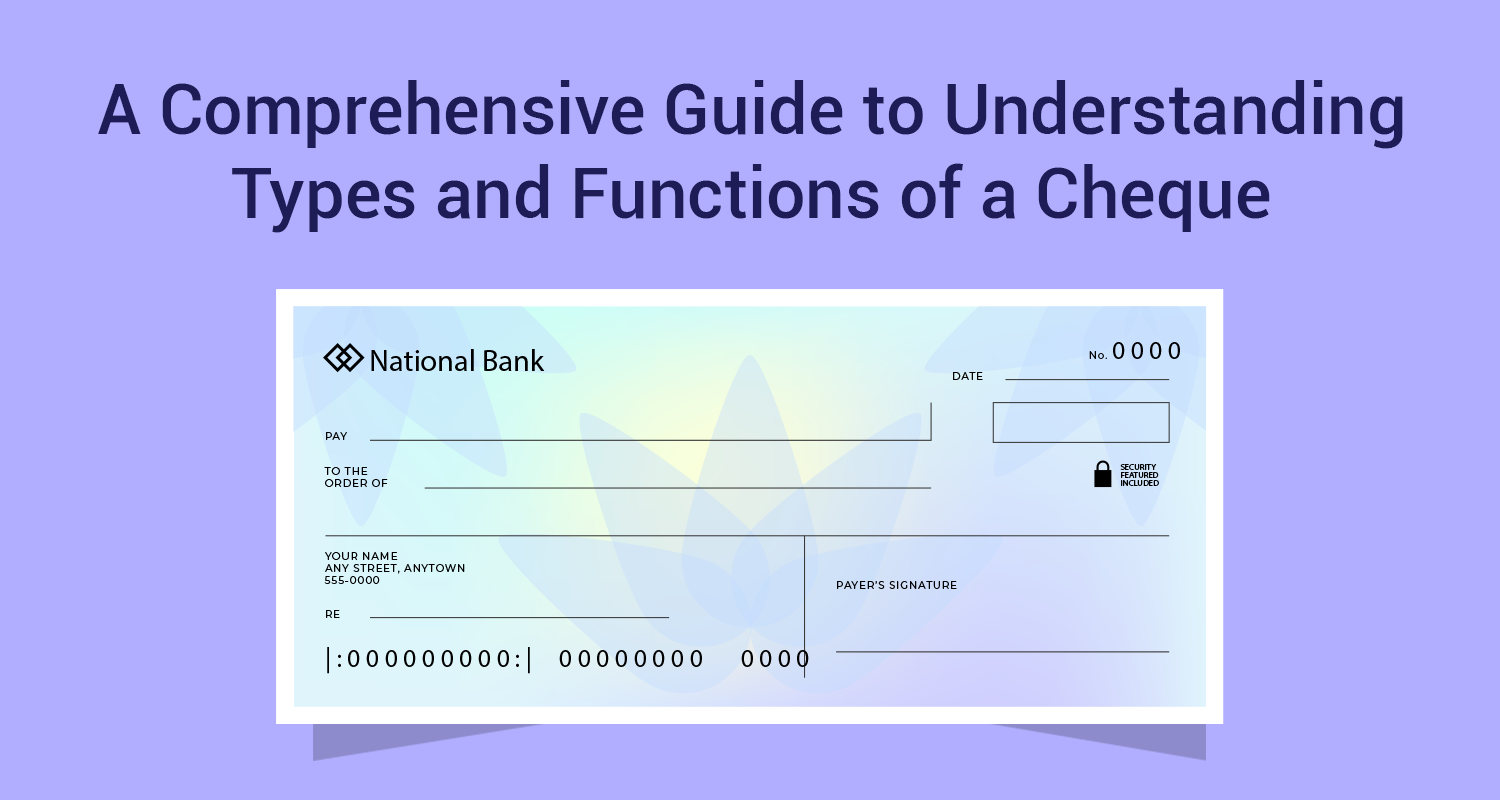How Much Tax Do I Have To Pay When I Gain From My Debt Liquid Funds?

When it comes to taxation of mutual funds, there are broadly two categories of taxation. The Income Tax Act only recognizes two classifications for taxation purposes; Equity Funds and Non-Equity fund. All mutual funds with 65% or more exposure to equities will be classified as equity funds for taxation purposes. This includes equity diversified funds, index funds, sector funds, arbitrage funds and balanced funds with 65% equity exposure. Other than these categories, all other funds are classified as non-equity funds. Debt liquid funds are also classified as non-equity funds for taxation purposes.
A debt liquid fund makes payouts to its unit-holders in different ways. If a non-equity fund is held for less than 3 years it is classified as short-term capital gains (STCG) and is taxed accordingly. A holding period of more than 3 years will qualify the debt liquid fund to be classified as long-term capital gains (LTCG). Many investors depend on these debt liquid funds for their regular income. Such payouts are made in the form of regular dividends or in the form of a systematic withdrawal plan (SWP). Let us look at the tax implications of each of these types of gains.

The question of STCG typically arises when you opt for the growth plan of the debt liquid fund. When you sell a debt liquid fund in less than 3 years from the date of purchase then it is classified as STCG. If you bought the liquid fund on Jan 01st 2016 at a NAV of Rs.100 and sold the fund on December 01 2018 at a NAV of Rs.121 then it will be treated as STCG because the holding period is less than 3 years. The capital gains of Rs.21 (121-100) will be taxed at your peak rate of tax based on the tax bracket that you fall in. So if you are in the peak tax bracket then your tax will be 30.9% of Rs.21; which is Rs.6.49. Your effective post-tax gain gets reduced to that extent and will now be Rs.14.51.
Taxing LTCG On Debt Liquid FundsLTCG becomes applicable on debt funds if your holding period is more than 3 years. The LTCG is taxed at 20%, but the interesting point is that you also get the benefit of indexation when the LTCG is calculated. Here is how it works.
| Particulars | Amount | Particulars | Amount |
|
Purchase Date |
01-Mar-2015 |
Index Value for 2014-15 |
240 |
|
Purchase NAV |
Rs.100 |
Index Value for 2017-18 |
272 |
|
Sale Date |
15-Mar-2018 |
Indexed cost |
Rs.113.33 |
|
Sale NAV |
Rs.125 |
Indexed Gains (A) |
Rs.11.67 |
|
LTCG Amount |
Rs.25 |
Tax at 20% of (A) |
Rs.2.34 |
|
|
|
Effective tax on gains | 9.36% |
The indexation helps the investor to reduce the tax burden sharply. This LTCG tax can be reduced further if the investor sells the fund in April 2018 after 16 days as he will also get the benefit of double indexation. This can reduce the LTCG tax still lower. In fact, by holding the above fund for another 16 days, his effective LTCG will come down from 9.36% to 6.67%.
Dividends Paid Out On Debt Liquid FundsDividends are allowed to be paid out of a debt liquid fund (for dividend plan) out of the gains made by the fund. The fund cannot pay dividends out of capital and hence dividends cannot be assured to investors. When an investor receives dividends, it is entirely tax-free in the hands of the investor. However, it is important to remember that the fund will deduct the dividend distribution tax (DDT) and only pay the net amount to the investor. In case of debt liquid funds category, the DDT is 29.12% (25% tax + 12% surcharge + 4% cess). Effectively, if the fund pays out Rs.100 as a dividend, the investor will effectively get only Rs.70.88 on hand. The net effect is still the same as it reduces the dividends in the hands of the investor.
Taxation On Systematic Withdrawal PlansSince the tax on dividends becomes too steep, a better way to structure will be via systematic withdrawal plans. In this case, the investor opts for a growth plan and withdraws a fixed sum out of the fund each month as regular income. A large portion of the withdrawal will be the principal component and a small portion will be capital gains. Therefore, only the capital gains portion will be taxed at 30.9% as in the case of STCG. Another alternative is to start the SWP after 3 years such that the capital gains portion of your withdrawals will be treated as LTCG and taxed at a concessional rate of 20% with the benefit of indexation.
Disclaimer: The information contained in this post is for general information purposes only. IIFL Finance Limited (including its associates and affiliates) ("the Company") assumes no liability or responsibility for any errors or omissions in the contents of this post and under no circumstances shall the Company be liable for any damage, loss, injury or disappointment etc. suffered by any reader. All information in this post is provided "as is", with no guarantee of completeness, accuracy, timeliness or of the results etc. obtained from the use of this information, and without warranty of any kind, express or implied, including, but not limited to warranties of performance, merchantability and fitness for a particular purpose. Given the changing nature of laws, rules and regulations, there may be delays, omissions or inaccuracies in the information contained in this post. The information on this post is provided with the understanding that the Company is not herein engaged in rendering legal, accounting, tax, or other professional advice and services. As such, it should not be used as a substitute for consultation with professional accounting, tax, legal or other competent advisers. This post may contain views and opinions which are those of the authors and do not necessarily reflect the official policy or position of any other agency or organization. This post may also contain links to external websites that are not provided or maintained by or in any way affiliated with the Company and the Company does not guarantee the accuracy, relevance, timeliness, or completeness of any information on these external websites. Any/ all (Gold/ Personal/ Business) loan product specifications and information that maybe stated in this post are subject to change from time to time, readers are advised to reach out to the Company for current specifications of the said (Gold/ Personal/ Business) loan.



